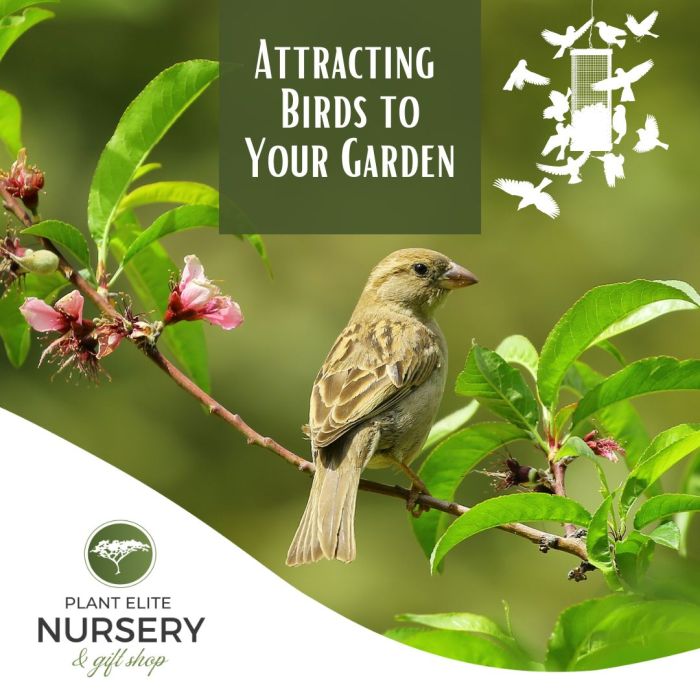Creating a bird-friendly garden is not only a delightful way to bring nature closer to your home, but it also contributes to the conservation of bird populations. By providing the right habitat, food, and water sources, you can attract a variety of bird species to your garden. Here are some expert tips to help you turn your garden into a haven for birds.
Choose Native Plants
Native plants are crucial for attracting local bird species. They provide the natural food sources and shelter that birds are accustomed to. Research the native plants in your area and incorporate a mix of trees, shrubs, and flowering plants. Native plants often attract insects, which are a vital food source for many birds, especially during the breeding season.
Provide a Variety of Food Sources
Diversify the food sources in your garden to cater to different bird species. Here are some options to consider:
- Seeds: Sunflower seeds, millet, and nyjer are popular among seed-eating birds like finches and sparrows.
- Nectar: Plant nectar-rich flowers such as trumpet vines and bee balm to attract hummingbirds. Alternatively, use hummingbird feeders filled with a solution of four parts water to one part sugar.
- Fruits: Berry-producing plants like elderberry, holly, and serviceberry are excellent for attracting fruit-eating birds.
- Suet: Suet feeders provide high-energy food for woodpeckers, nuthatches, and chickadees, especially in winter.
Install Bird Feeders and Baths
Bird feeders and baths are essential for attracting birds to your garden. Place feeders at different heights to accommodate various bird species. Clean them regularly to prevent the spread of diseases. Bird baths should be shallow and have sloping sides for easy access. Adding a dripper or fountain can make the water more attractive to birds.
Create Shelter and Nesting Sites
Shelter and nesting sites are critical for birds to feel safe and raise their young. Incorporate dense shrubs, trees, and brush piles to provide cover from predators. Install birdhouses and nesting boxes suitable for the bird species in your area. Make sure they are placed in safe locations, away from high-traffic areas and predators.
Maintain a Pesticide-Free Garden
Avoid using pesticides in your garden. Pesticides can kill the insects that birds rely on for food and can be harmful to the birds themselves. Opt for organic gardening methods and encourage natural pest control by attracting insect-eating birds and beneficial insects like ladybugs and lacewings.
Provide Fresh Water
Water is as important as food for attracting birds. Ensure a consistent supply of fresh water by maintaining bird baths, installing a small pond, or using a water feature. During winter, consider using a heated bird bath to prevent the water from freezing.
Create a Diverse Habitat
Diversity is key in attracting a wide range of bird species. Incorporate various layers of vegetation, including ground cover, understory shrubs, and tall trees. This creates multiple niches for different birds to feed, nest, and seek shelter.
Be Patient and Observant
Patience is essential when creating a bird-friendly garden. It may take time for birds to discover your garden and for plants to mature. Keep a journal of bird sightings and note which plants and feeders are most popular. Over time, you can adjust your garden plan based on what attracts the most birds.
By following these expert tips, you can transform your garden into a sanctuary for birds. Not only will you enjoy the beauty and songs of various bird species, but you will also contribute to their conservation by providing a safe and nurturing environment. Happy birdwatching!


